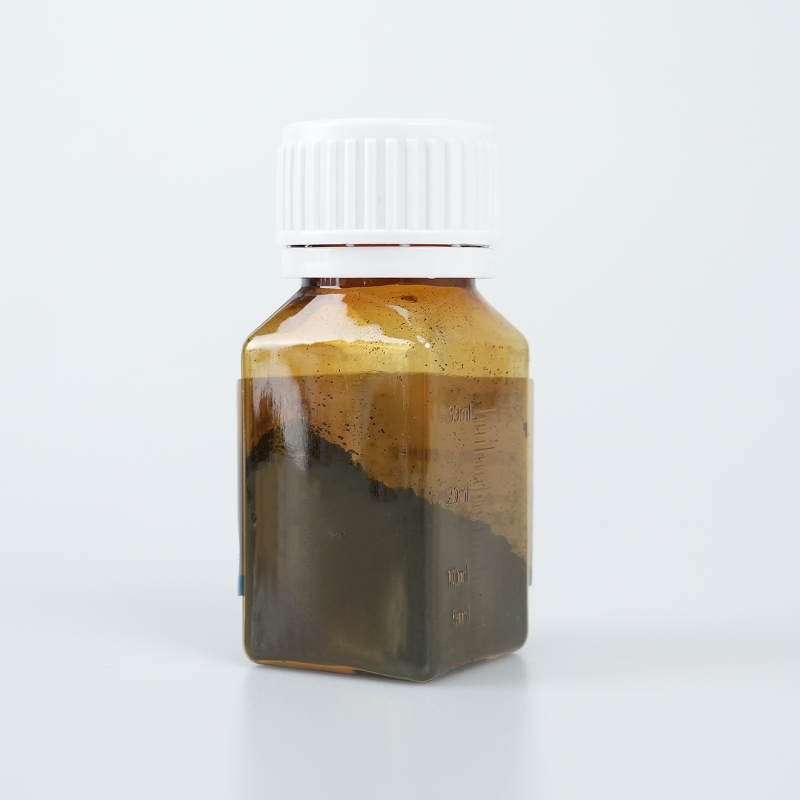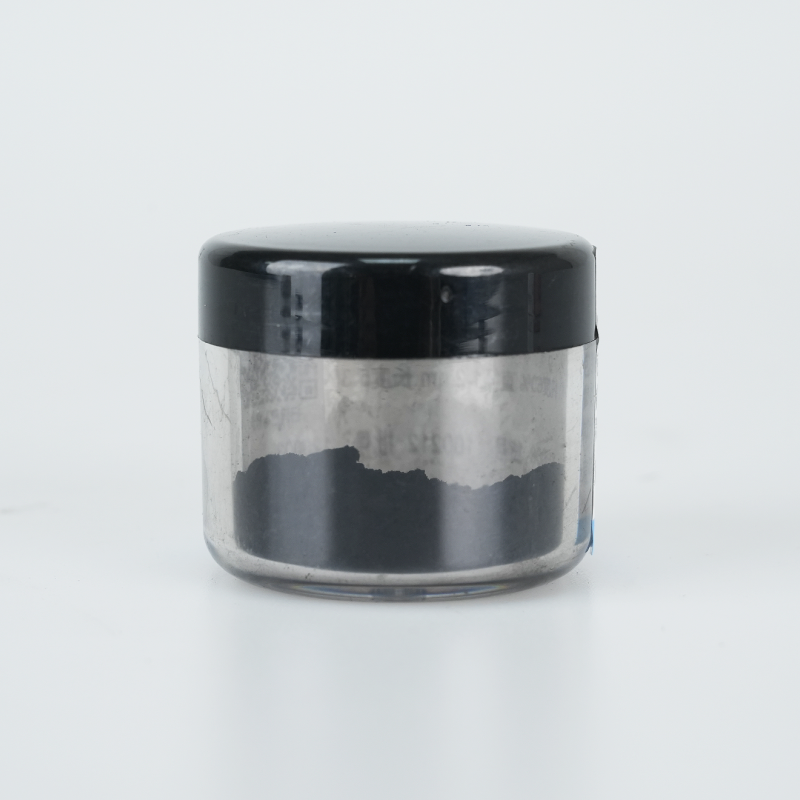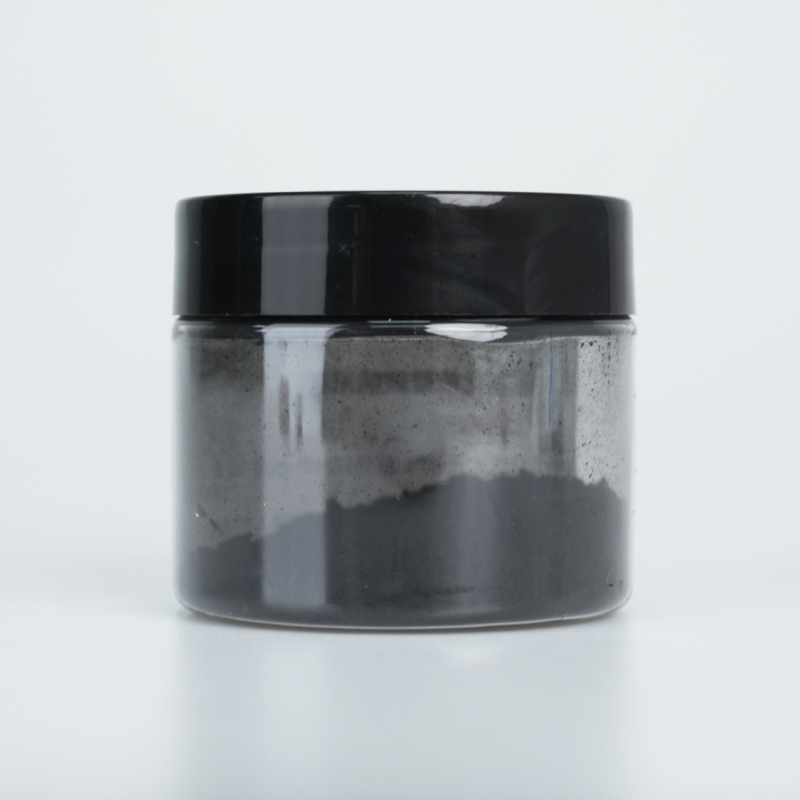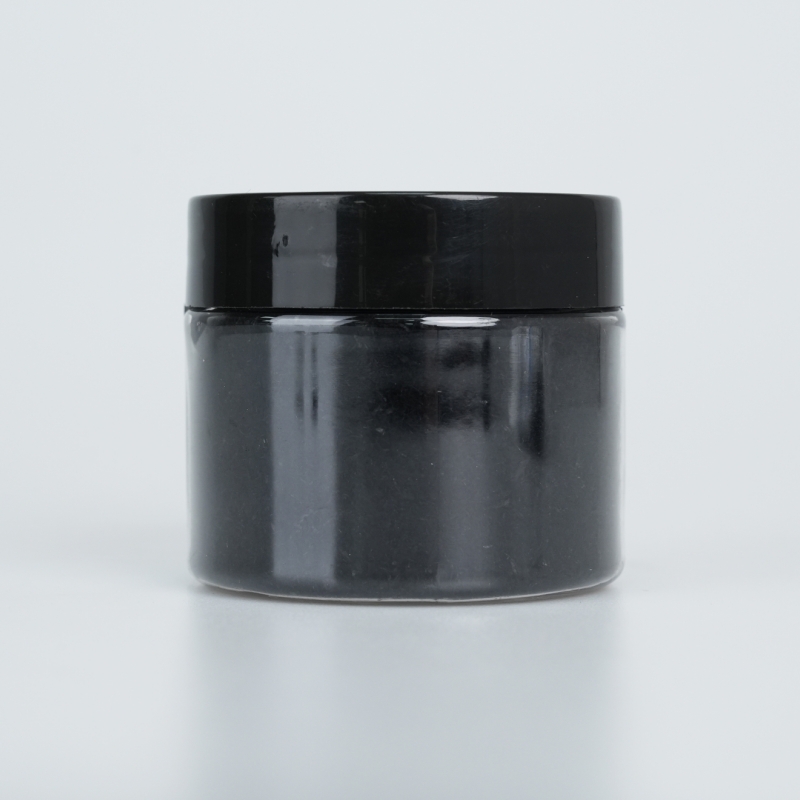Fluorescent silica nanoparticles provide optimized optical properties, superior stability, and enhanced bioimaging capabilities. Designed for biomedical imaging, diagnostics, and sensor applications, they ensure efficient fluorescence emission, extended durability, and high adaptability.
Product Overview
Fluorescent silica nanoparticles are functionalized nanomaterials that feature excellent biocompatibility and tunable pore structures. They are widely used in various fields such as biomedicine, catalysis, environmental protection, and optics. The particles are prepared using the sol-gel method, and their pore structure is regulated via templating methods. Surface modifications further enhance their functionality, enabling a broad range of applications.
Key Features
- High Surface Area:Provides numerous active sites that increase interaction with other substances, making it suitable for catalyst loading and improving catalytic reaction efficiency.
- Ordered Mesoporous Structure:Uniform and tunable pore sizes facilitate material transport and diffusion. In drug delivery, it helps control the release rate of drug molecules.
- Good Thermal and Chemical Stability:Maintains structural and functional stability under high temperatures and various chemical environments.
- Strong Surface Modifiability:The surface can be easily functionalized through chemical methods, enabling customization for specific application needs.
- Good Biocompatibility:Low toxicity in biological applications, making it safe for use in medical fields.
Applications
- Drug Delivery:Drugs, including anticancer agents, can be loaded into the mesoporous silica channels, enabling slow and controlled drug release. Surface modifications can further achieve targeted therapy, enhancing efficacy while minimizing damage to healthy cells.
- Biological Imaging:The nanoparticles can be loaded with fluorescent molecules (e.g., FITC, Cy5.5) or magnetic nanoparticles for cell and in vivo imaging, providing real-time monitoring of biological processes.
- Gene Therapy:Used as gene delivery vectors, these nanoparticles protect the stability of genes in the body and improve their transfer efficiency.
- Diagnostic Reagents:The nanoparticles can be used to detect biomarkers by loading molecules that specifically recognize disease-related markers, enabling early disease diagnosis.
- Tissue Engineering:These nanoparticles can serve as scaffold materials, supporting cell growth and tissue regeneration.
| Parameter | Value |
| Appearance | Light green solution |
| Emission | Green light |
| Solid Content | 1 wt% |
| Components | SiO₂, FITC |
Submit Your RequirementsWe will contact you within 24 hours.
 WOBO Scientific Research New Materials One-Stop Service Platform
WOBO Scientific Research New Materials One-Stop Service Platform











